When the coronavirus made its way into India, very often I heard about it being a great leveller. All were scared, everyone was confined to their homes, and nobody seemed to be certain about their future. Leaders came and declared one or the other version of “we are in this together.” Though my education and experience told me otherwise, it felt nice to believe it for a few seconds before reason would start pushing these fallacies out of my mind. Soon, the lockdown was announced and ever since, we have been witnessing heart wrenching scenes of migrant crisis around us. And, I am more than ever convinced that a disaster which strikes an unequal world can only create further inequities. One of which is the possible increase in human trafficking.
Our country witnessed unprecedented lockdown measures which, among other things, meant severe restrictions on economic activities. For already vulnerable informal workers with poor wages and social security measures, sudden loss of livelihoods and incomes in turn meant more precarious lives and livelihoods than ever. New evidence is emerging that is reasonably predicting a rise in poverty post COVID-19. For instance, according to ‘State of India’s Environment in Figures 2020’, published by the Centre for Science and Environment (CSE), India is expected to add 12 million more poor to its population. Increasing number of poor and resultant economic inequality is a proven pre-condition for trafficking. This means that not only are victims of trafficking becoming more vulnerable to exploitative conditions after COVID-19 but their numbers are also going to increase and traffickers may have already made their way into the hinterlands scouring for potential victims.
For already vulnerable informal workers with poor wages and social security measures, sudden loss of livelihoods and incomes in turn meant more precarious lives and livelihoods than ever.
UNODC On COVID-19 And Human Trafficking
Amidst such circumstances, United Nations Office on Drugs and Crime (UNODC) launched a research brief on 14 May 2020, which stated that COVID-19 measures may likely lead to an increase in cross-border trafficking and human smuggling. The report indicates that the global economic crisis; coupled with long lasting loss of employment for a large segment of people in many countries due to COVID-19 measures taken by governments may produce conditions ripe for trafficking. The report particularly links stringent mobility regulations and the likelihood of an asymmetric recovery of different countries from the upcoming global economic crisis with a likely rise in human trafficking rates.
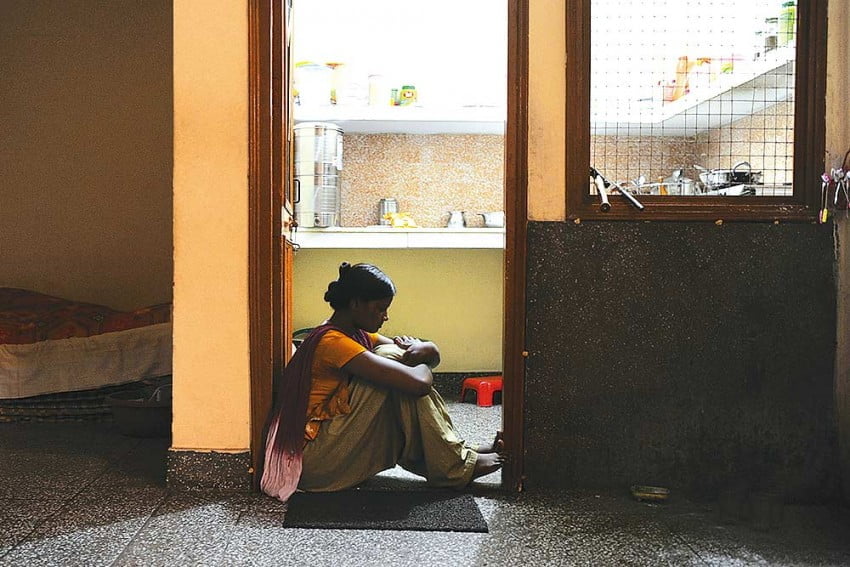
Also read: COVID-19: How Casteist Is This Pandemic?
Trafficking In India
India is a source, destination and transit for trafficking for forced labour, domestic servitude, forced marriages, commercial sexual exploitation and other emerging forms of trafficking like organ trafficking, etc. According to the Global Slavery Index, in 2016 the National Crime Records Bureau (NCRB) stated that there were 8,132 reported human trafficking cases across India. The same year, close to 9,000 victims out of approximately 15,000 victims were below 18 years of age. Though traffickers are increasingly exploiting established international migration routes to traffic people outside India, the majority of trafficking in India is within states or across states. As the aviation industry suffers and cross-border movement undergoes an even more rigorous scrutiny, the trafficking businesses might converge most of their channels and resources on domestic trafficking in India.
Who Are The Likely Victims?
COVID-19, thus, may worsen an already mammoth problem in our country. Prior to developing a response to the problem, it is important to ask who these existing and potential victims are?
Victims of trafficking in India disproportionately represent people from traditionally disadvantaged gender, caste, and religious groups. People from these groups have been systemically kept at a disadvantage in education, access to productive resources and spaces and legal remedies enhancing their vulnerability. Across regions, studies have found that majority of victims are women and children belonging to the Scheduled Castes (SCs), the Other Backward Classes (OBCs), the Scheduled Tribes (STs) and minority religions.
It is not surprising that it is the people from these same social groups who disproportionately bear the cost of the epidemic. Pre-disaster socio-economic contexts have a direct bearing on the differential consequences of disasters on different socio-economic groups of the affected society. Studies conducted in the aftermath of epidemics like Zika and Ebola virus also highlighted the particular vulnerability of women.
Also read: Post COVID-19 For Women In Work: Perspectives From India
As poor women find themselves without sources of income, their unpaid care-giving roles and expected ‘emotional work’ are likely to make them fall prey to traffickers who offer them immediate economic support and false promises of well-paid jobs in a distant city or country. Due to the secondary status accorded to women, big-sized families facing starvation are also sometimes forced to send their girls with traffickers despite knowing the possible dangers of such migration. Also, domestic violence faced at home often makes young girls run away from the protection of their homes and they are routinely recruited by trafficking agents at railway stations. As women find themselves stuck with their abusers at home during this time, there is a chance that there will be an increase in runaway cases too.
Women from female-headed families are particularly vulnerable to being lured by traffickers as they find themselves struggling to provide financial support to their families. Also, women heading households face challenges in securing access to credit from banks and other social systems due to a lack of formal education and their poor social standing. This forces them to rely on credit from relatives and/ or local financiers on heavy interest rates. Local moneylenders in rural areas have been found to be linked to the chain of trafficking where they connect needy and economically distressed families with trafficking agents scouring the villages for potential victims. Loaning outside the formal system may also entrap people into debt bondage.
Women from disadvantaged caste and tribal groups have to rely on traffickers for immediate economic support and promises of work with little regard for working conditions and conditions of work.
Even before the COVID-19 hit, increased industrialisation and infrastructure development had replaced the traditional sources of livelihoods for many. This led to an increase in the rural to urban migration of many, mostly men, thus leaving the women behind to look after the households. Such impoverished conditions leave women susceptible to human trafficking. This is an aspect of the concept of feminisation of poverty and will likely only increase now with COVID-19.
Currently with communalism increasing in India, there has also been a similar spin on the COVID-19 situation as well, with reports of Muslims facing discrimination in carrying on with their livelihood activities because of the associated stigma of being COVID spreaders.
Further, currently as communalism is on an increase in India, there has also been a similar spin on the COVID-19 situation as well, with reports of Muslims facing discrimination in carrying on with their livelihood activities because of the associated stigma of being COVID spreaders. Such a situation could have consequences for Muslim women’s re-employment in the post-COVID era and they may find themselves being pushed back into private spaces after years of struggle to claim their right to economic spaces.
In addition, due to increased privatization of education and healthcare, and current distraction of law enforcement agencies, vulnerable persons face newer perils from traffickers who have historically been much ahead of response agencies across the world. With a complete breakdown of trust in the system arising from the disastrous management of their livelihood and travel crisis, the migrants may find it hard to report any cases of attempted trafficking to authorities.
Where Do We Stand?
The current mismanagement of migrants has already shows the government’s lack of preparedness to deal with or even acknowledge that the structural vulnerabilities is evident (remember the call for thali bajao while hapless migrants were beginning to walk kilometres back home?) and unless response agencies ready themselves to devise a new roadmap, the future of human trafficking seems to be shining the brightest amidst the gloom of economy.
About the author(s)
Dr. Neha Nimble is an intersectional feminist and a social science researcher. She is currently the Research Manager at Ashoka University’s Centre for Social Impact and Philanthropy. She has previously worked with the Tata Institute of Social Sciences, Mumbai where she also undertook her PhD. Her areas of interest and expertise include gender, intersectionality, work, human trafficking and social exclusion.
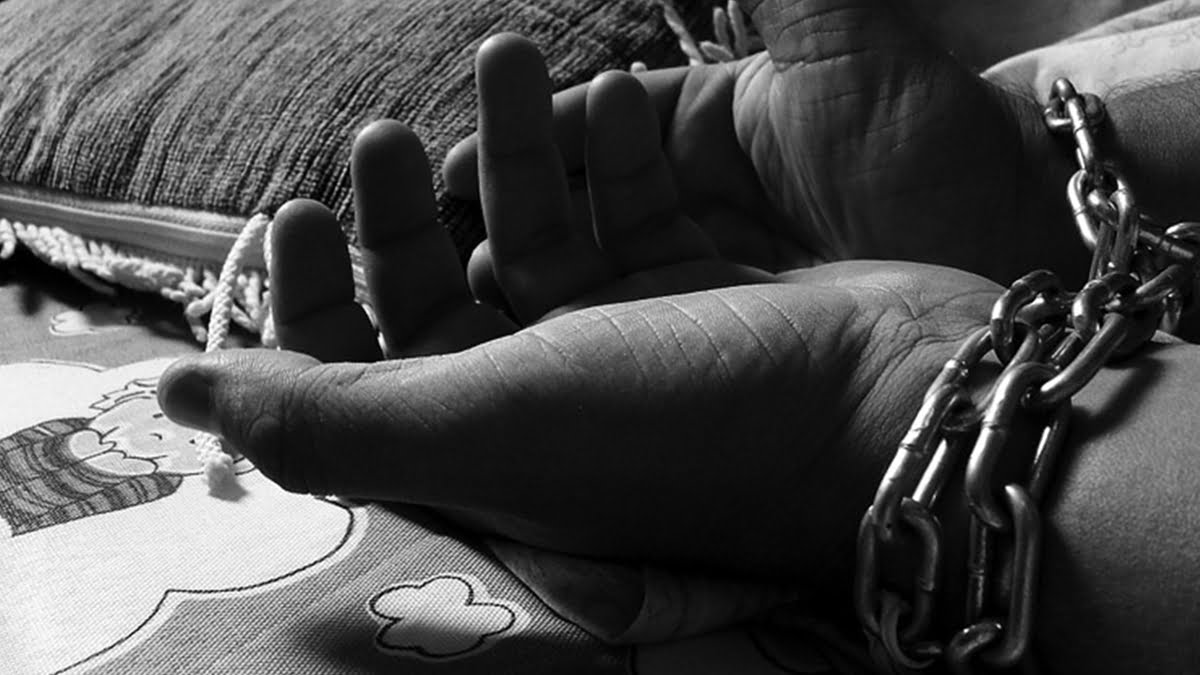
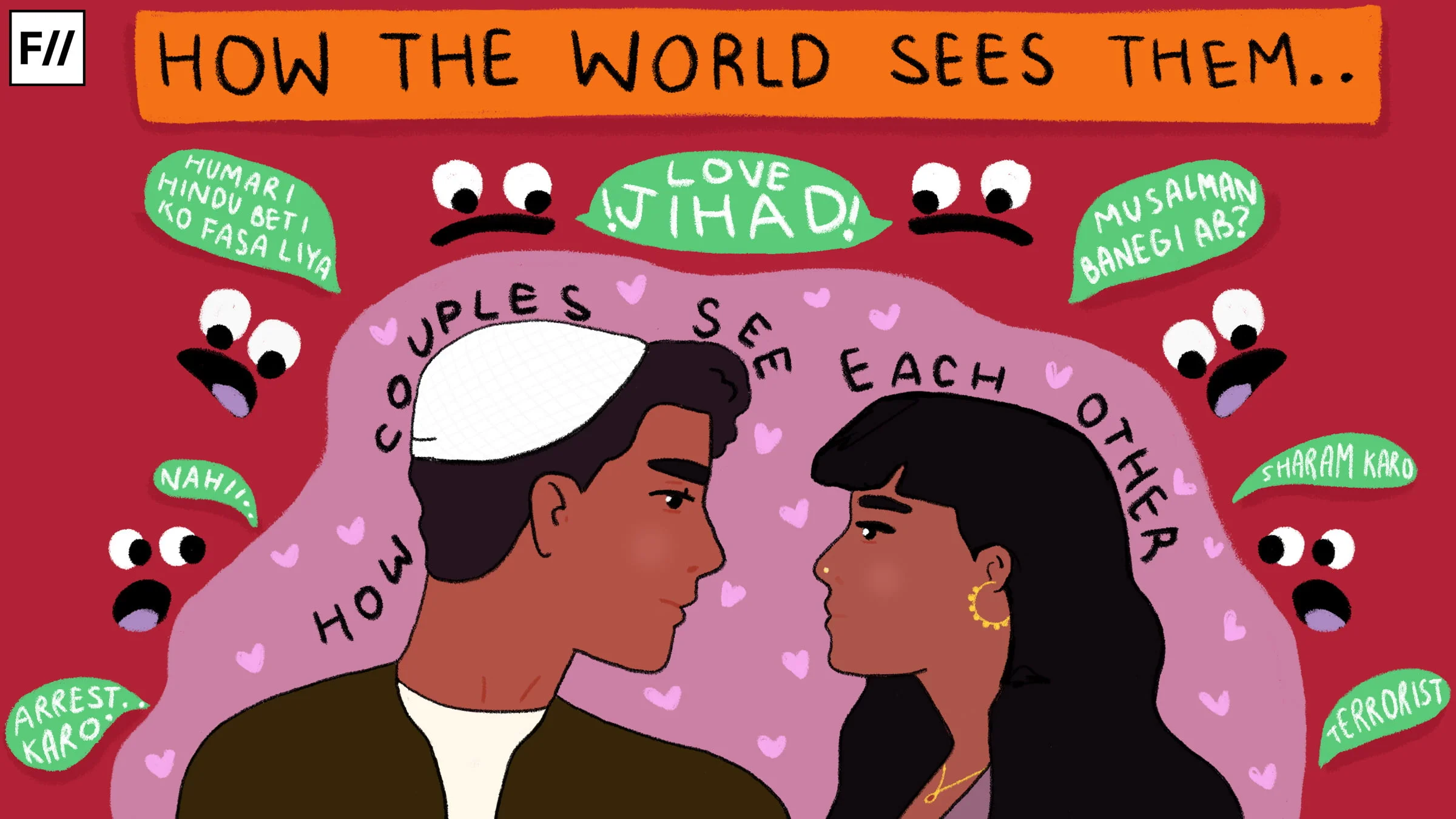
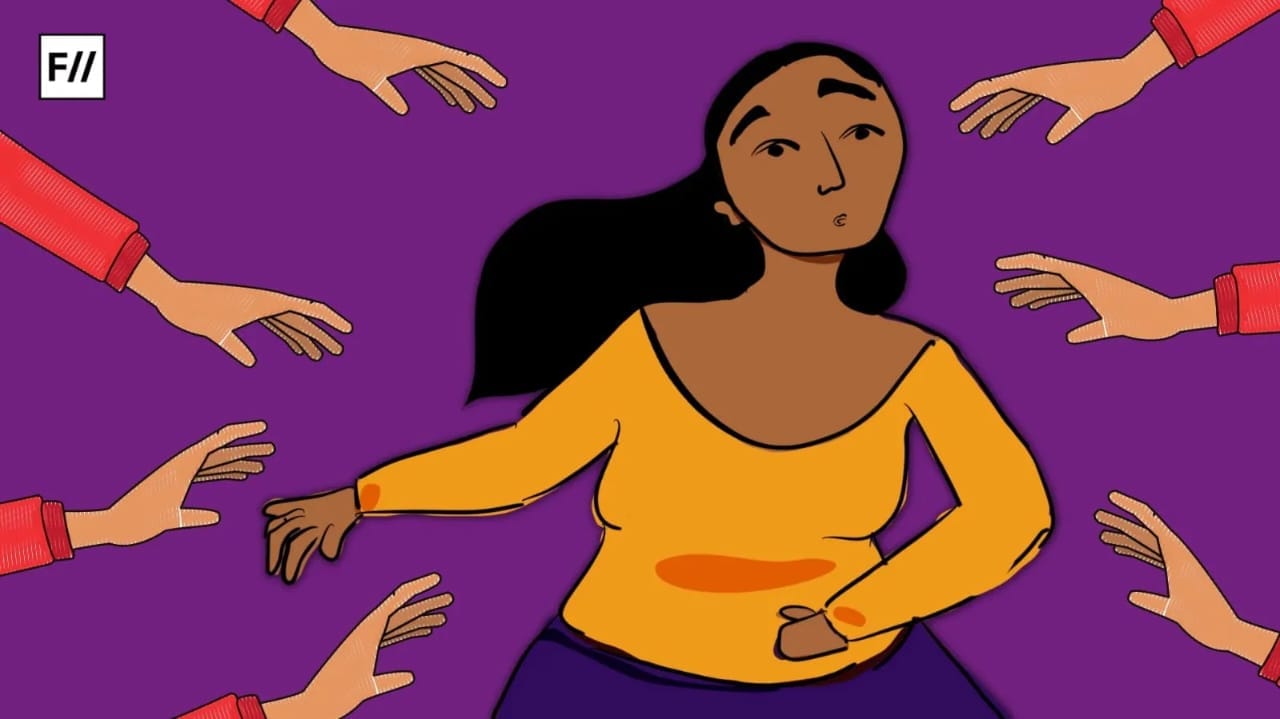
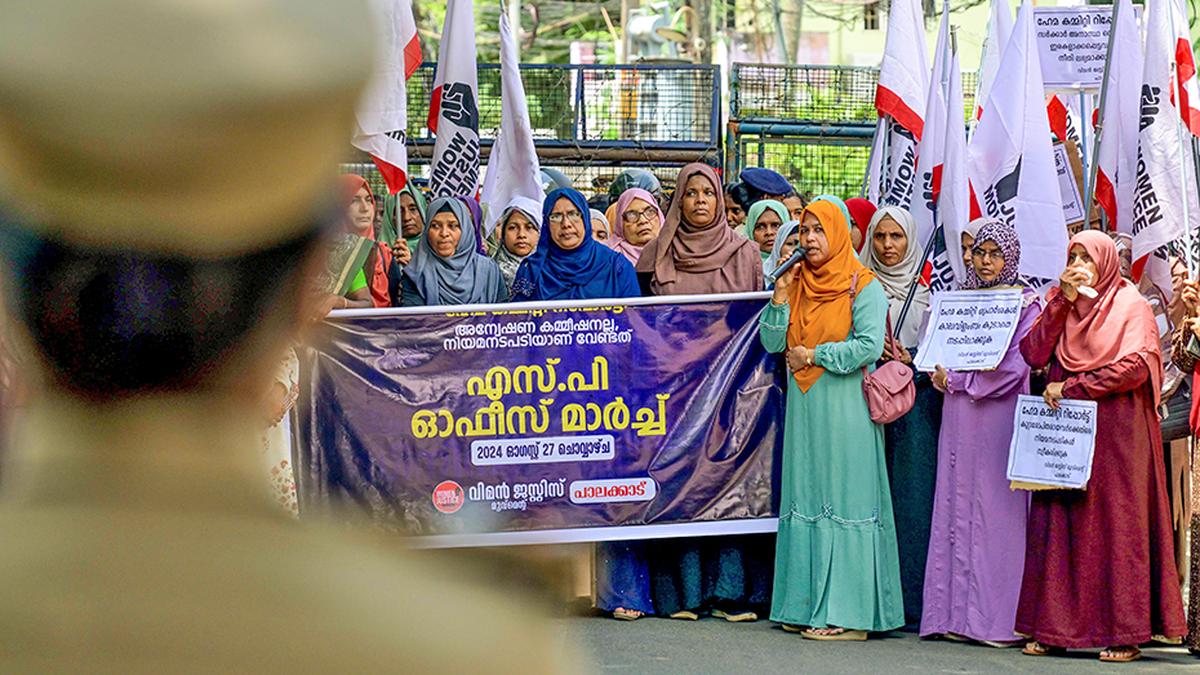

Real impact, on which no one want to talk in the govt.
Keep it up ?
very thought provoking – opened up a completely new perspective